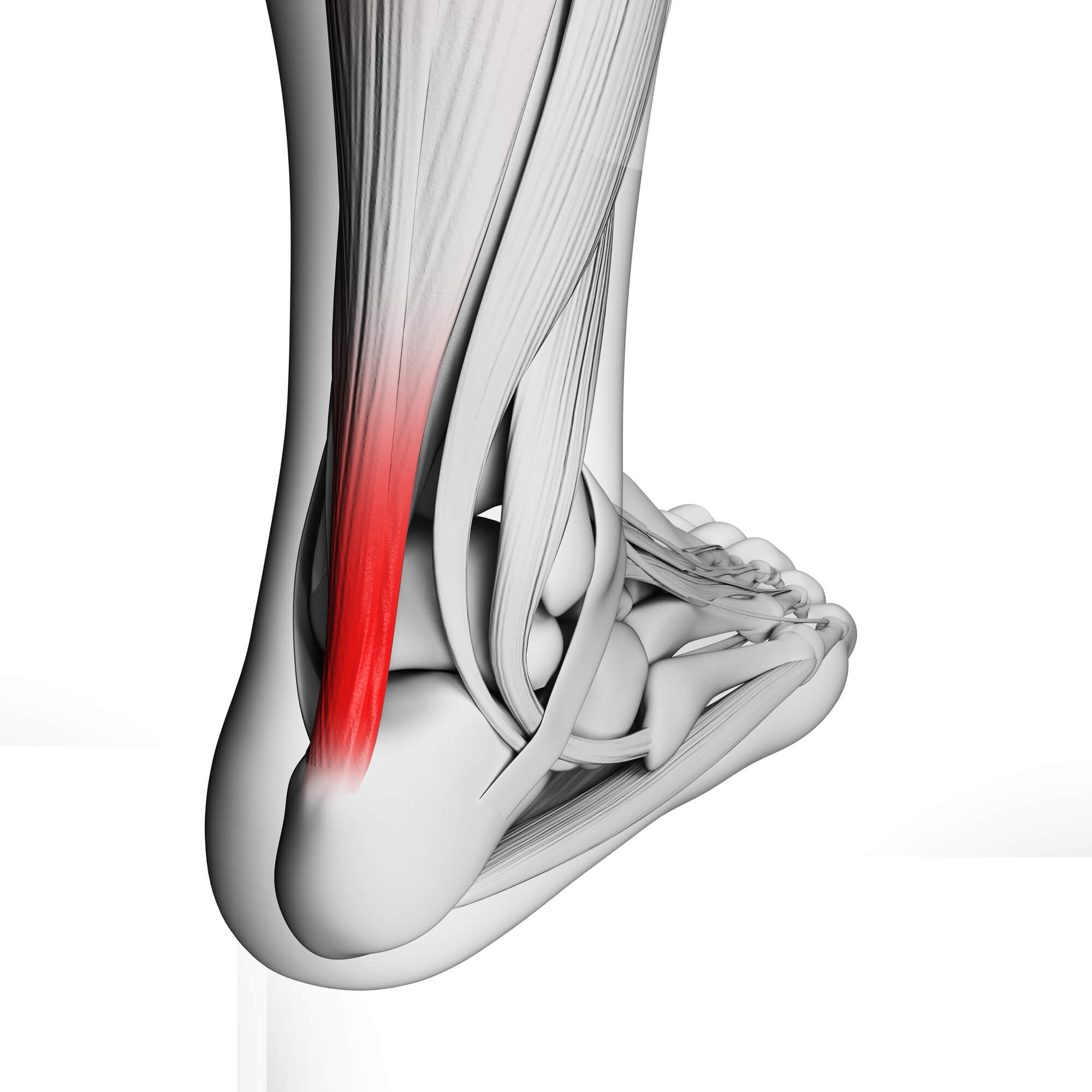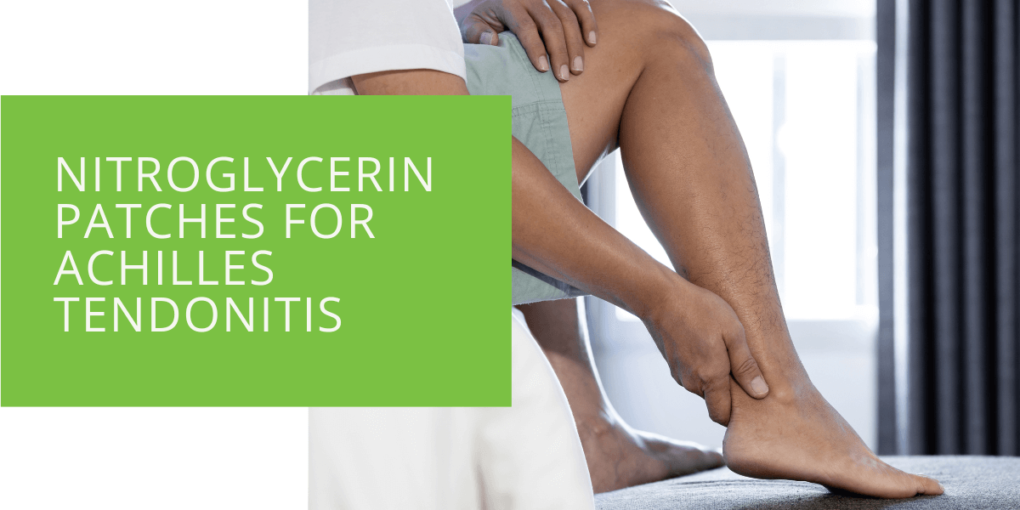Nitroglycerin Patches for Achilles Tendonitis
Achilles tendonitis, a prevalent ailment among athletes and active individuals, can severely impede mobility and lead to chronic discomfort. While traditional treatments abound, such as rest, ice, and physical therapy, a novel and promising alternative gaining traction is the utilization of nitroglycerin patches. This detailed guide will explore how these patches, typically used for angina, could hold the key to effective Achilles tendonitis management.
Key Takeaways
- Nitroglycerin patches offer a promising treatment option for Achilles tendonitis, effectively reducing pain and improving function by enhancing blood flow to the affected area.
- Proper administration and adherence to treatment guidelines are essential for maximizing the effectiveness of nitroglycerin patch therapy.
- A comprehensive approach to Achilles tendonitis management, including nitroglycerin patches, lifestyle modifications, and follow-up care, can help patients achieve optimal outcomes and prevent recurrence.
Understanding Nitroglycerin Patches
Nitroglycerin patches, or topical glyceryl trinitrate (GTN) patches, serve as transdermal delivery systems for nitroglycerin, a vasodilator. This compound dilates blood vessels, augmenting blood flow to the affected area.
How Do Nitroglycerin Patches Work?
Nitroglycerin patches function by releasing nitric oxide upon skin absorption. Nitric oxide, a potent vasodilator, induces vasodilation, increasing blood flow to the injured Achilles tendon. This heightened circulation fosters tissue repair and diminishes pain perception.
Why Are Nitroglycerin Patches Used for Achilles Tendonitis?
The rationale behind employing nitroglycerin patches for Achilles tendonitis is their ability to facilitate blood flow to the afflicted tendon. By optimizing blood circulation, these patches facilitate tissue healing and alleviate discomfort.
The Effectiveness of Nitroglycerin Patches for Achilles Tendonitis
Various studies have underscored the efficacy of nitroglycerin patches in mitigating the symptoms of Achilles tendonitis. These investigations reveal notable reductions in pain levels and enhancements in functional capacity among patients.
Benefits of Nitroglycerin Patches for Achilles Tendonitis
- Reduced Pain and Discomfort: Nitroglycerin patches have significantly alleviated pain associated with Achilles tendonitis, improving overall quality of life.
- Improved Mobility and Function: Enhanced blood flow facilitated by nitroglycerin patches aids in tissue repair, fostering improved mobility and functional outcomes.
- Potential for Accelerated Healing: By promoting optimal conditions for tissue repair, nitroglycerin patches may expedite the healing process, allowing patients to resume their regular activities sooner.
Expected Timeline for Improvement with Nitroglycerin Patch Treatment
While individual responses to nitroglycerin patch treatment may vary, many patients experience noticeable improvements within weeks of initiating therapy. However, sustained adherence to the prescribed regimen is essential to maximize therapeutic benefits.
Administering Nitroglycerin Patches for Achilles Tendonitis
Proper administration of nitroglycerin patches is paramount to ensure their efficacy and safety.
Proper Application Techniques
- Skin Preparation: Thoroughly cleanse and dry the skin before applying the patch to ensure optimal adhesion.
- Site Selection: Choose a clean, hairless skin area, preferably near the affected Achilles tendon, for patch placement.
- Adherence to Instructions: Adhere strictly to the application instructions provided by healthcare professionals or pharmacists to optimize treatment outcomes.
Frequency and Duration of Use
Nitroglycerin patches are typically applied once daily and worn for a specified duration, as determined by healthcare providers. Consistent application according to the prescribed schedule is imperative for optimal results.
Monitoring and Adjusting Treatment
Healthcare providers will closely monitor patients' progress throughout treatment, making necessary adjustments to the regimen based on individual responses and tolerability.

Potential Side Effects and Risks
While generally well-tolerated, nitroglycerin patches may elicit certain side effects in some individuals.
Common Side Effects of Nitroglycerin Patches
- Headache: A commonly reported side effect, often transient and mild.
- Flushing: Some individuals may experience flushing or reddening of the skin at the application site.
- Dizziness: Occasional dizziness or lightheadedness may occur, particularly upon standing up.
Less Common but Serious Side Effects to Be Aware Of
- Hypotension: Rarely, nitroglycerin patches may cause a drop in blood pressure, leading to symptoms such as dizziness or fainting.
- Allergic Reactions: Although uncommon, allergic reactions to nitroglycerin patches, characterized by rash, itching, or swelling, necessitate prompt medical attention.
Precautions and Considerations for Safe Use
Patients should disclose any pre-existing medical conditions or concurrent medications to healthcare providers before initiating nitroglycerin patch therapy. Additionally, abstaining from alcohol consumption while using nitroglycerin patches is advisable to mitigate the risk of adverse interactions.
Combination Therapies and Ongoing Management
A comprehensive approach to Achilles tendonitis management entails integrating nitroglycerin patches with other therapeutic modalities and lifestyle modifications.
Integrating Nitroglycerin Patches with Other Treatments
- Physical Therapy: Tailored exercise regimens and manual techniques can complement nitroglycerin patch therapy, optimizing outcomes.
- Orthotic Devices: Custom orthotics or supportive footwear may alleviate strain on the Achilles tendon, augmenting treatment efficacy.
- Nonsteroidal Anti-Inflammatory Drugs (NSAIDs): Short-term use of NSAIDs may provide adjunctive pain relief in acute exacerbations of Achilles tendonitis.
Lifestyle Modifications to Support Healing and Prevent Recurrence
- Proper Footwear: Selecting footwear with adequate cushioning and support can mitigate stress on the Achilles tendon, facilitating recovery.
- Stretching and Strengthening Exercises: Engaging in targeted stretching and strengthening exercises under the guidance of a physical therapist can enhance tendon resilience and prevent recurrence.
- Gradual Return to Activity: Gradually reintroducing activities while monitoring symptoms allows for a safe and sustainable return to sport or exercise.
Follow-up care and Monitoring Progress
Regular follow-up appointments with healthcare providers are essential to assess treatment response and adjust management strategies as needed. Ongoing monitoring facilitates early intervention in the event of complications or persistent symptoms.
Conclusion
At ePodiatrists, we have extensive experience managing Achilles tendonitis and other lower extremity conditions. We firmly advocate for the incorporation of nitroglycerin patches into comprehensive treatment plans, as they offer significant symptom relief and promote expedited recovery. Suppose you're grappling with Achilles tendon pain or impairment. In that case, we invite you to schedule a consultation with our knowledgeable team to explore personalized treatment options tailored to your needs and goals.
Don't let Achilles tendonitis hinder your mobility and well-being. Take proactive steps towards recovery by consulting with ePodiatrists today.

